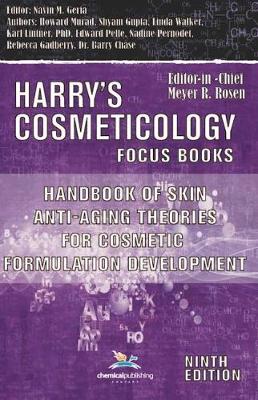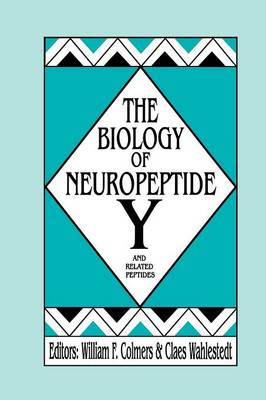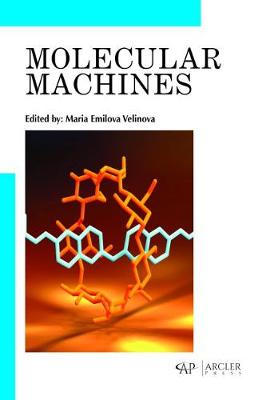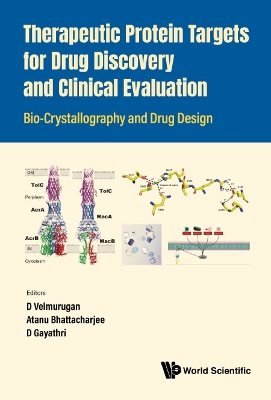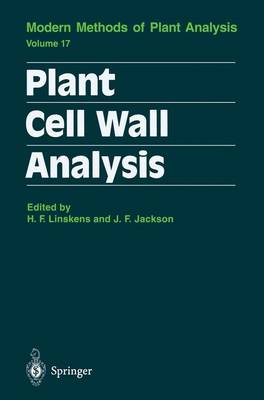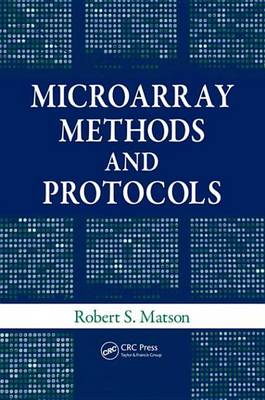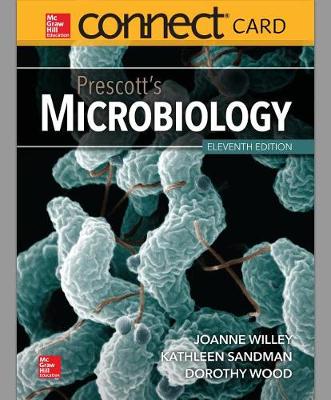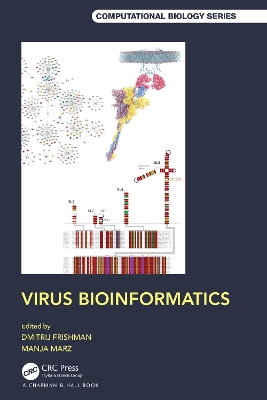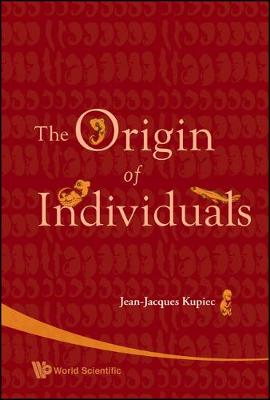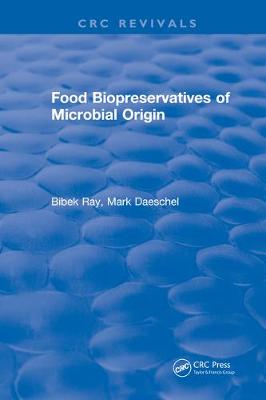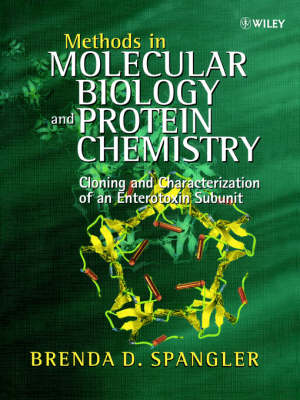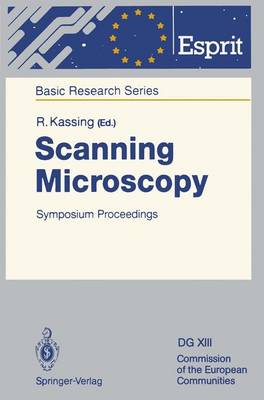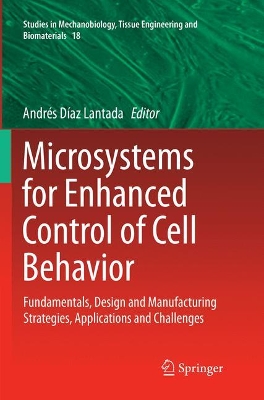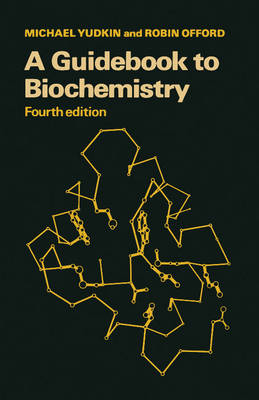The new 9th edition of Harry's Cosmeticology is available as a three-volume set containing over 2,600 pages of new information on the recent changes in the cosmetic and personal care industry. Chemical Publishing is now offering key parts of the title for those interested in a particular subject area covered in the book with a new line of `Focus Books’ for this purpose. Each Focus Book contains a series of selected chapters that can be used as a reference guide for a particular subject area. Thi...
The Biology of Neuropeptide Y and Related Peptides (Contemporary Neuroscience)
by William F. Colmers and Claes Wahlestedt
Leading experts critically summarize the state of knowledge concerning the molecular, anatomical, physiological, and behavioral aspects of NPY and its congeners. Each article provides a comprehensive and in-depth survey, an overview of the role of NPY in the discipline covered, a discussion of the likely future direction that the field will take, and an up-to-date bibliography. Chapters include a treatment of the evolution of the PP family of genes, the structure of the NPY gene, and the distr...
Instructor's Resource DVD (Download Only) for Becker's World of the Cell
by Jeff Hardin, Greg Bertoni, and Lewis Kleinsmith
Molecular Machines
The studies of molecular machines and their application are very active at this moment because of their long-standing prospective. All that attention of the whole scientific community started with the award of the Nobel Prize for Chemistry to John Walker and Paul Boyer in 1997 for their work in elucidating the mechanism of the rotary generator of ATP in the mitochondrion. The expected benefits of their uses are now well known: ultimate size, possibility to design finely-tuned molecular devices a...
This Seventh Edition connects experimental material to key concepts of Cell Biology. The text offers streamlined information that reinforces a connection of key concepts to experimentation. Though the use paired art, and new science illustrations, readers benefit from a visual representation of experimental connections. Animations and video clips are tied to key illustrations with practice questions to provide a variety of ways to experience a key concept. This new edition offers an appropriate...
Peroxidases in Chemistry and Biology, Volume II
by Johannes Everse and Matthew B. Grisham
The second of two relatively independent volumes on the chemistry and biology of peroxidases. The Peroxidases in Chemistry and Biology series provides up-to-date information on a wide range of developments in the field of Peroxidases, methods and applications. This is Volume 2 originally published in 1990.
The book reviews the recent research advances and their outcomes in the areas of structural biology, bioinformatics, phytochemistry and drug discovery. Chapters in the book cover multidisciplinary research to understand the molecular mechanisms involved in protein-protein/ligand interactions. It employs an integrative approach to identify the therapeutic targets for HIV, and cancer, pathogen and viral infection pathways and the identification of their potential drug candidates. The book also...
Modern Methods of Plant Analysis When the handbook Modern Methods of Plant Analysis, was first introduced in 1954, the considerations were: 1. the dependence of scientific progress in biology on the improvement of existing and the introduction of new methods; 2. the difficulty in finding many new analytical methods in specialized journals which are normally not accessible to experimental plant biologists; 3. the fact that in the methods sections of papers the description of methods is frequently...
A Step-by-Step Guide to Present and Future Uses of Microarray TechnologyMicroarray technology continues to evolve, taking on a variety of forms. From the spotting of cDNA and the in situ synthesis of oligonucleotide arrays now come microarrays comprising proteins, carbohydrates, drugs, tissues, and cells. With contributions from microarray experts
Connect Access Card for Microbiology
by Joanne Willey, Kathleen Sandman, and Dorothy Wood
Chlamydomonas Sourcebook: Organellar and Metabolic Processes
by David Stern
Antibody Phage Display (Methods in Molecular Biology, v. 178)
by Phillipa Obrien and Robert Aitken
This comprehensive collection of established antibody phage display protocols features authoritative guidance that will enable the nonspecialist successfully to carry them out. Coverage spans the construction of antibody libraries, the selection of antibody clones with the desired properties, and their modification, expression, and purification. Comprehensive and highly practical, Antibody Phage Display: Methods and Protocols provides biochemists, molecular biologists, and immunologists with a g...
Virus Bioinformatics (Chapman & Hall/CRC Computational Biology)
Viruses are the most numerous and deadliest biological entities on the planet, infecting all types of living organisms—from bacteria to human beings. The constantly expanding repertoire of experimental approaches available to study viruses includes both low-throughput techniques, such as imaging and 3D structure determination, and modern OMICS technologies, such as genome sequencing, ribosomal profiling, and RNA structure probing. Bioinformatics of viruses faces significant challenges due to the...
Structure-based Study Of Viral Replication (With Cd-rom)
This book addresses the innovative themes in characterizing the cellular membrane platforms and intracellular networking, as well as the architectural aspects of cell compartments mediated by the entry and replication cycles of viruses. The instrumentation of modern molecular and cellular biology provides a potent array of wave packets to image, detect and manipulate major dynamics of macromolecular and subviral assemblies as in the host cellular context.The book includes case studies presented...
In the 17th century, Descartes put forth the metaphor of the machine to explain the functioning of living beings. In the 18th century, La Mettrie extended the metaphor to man. The clock was then used as the paradigm of the machine. In the 20th century, this metaphor still held but the clock was replaced by a computer. Nowadays, the organism is viewed as a robot obeying signals emanating from a computer program controlled by genetic information. This book shows that such a conception leads to con...
Food Biopreservatives of Microbial Origin provides basic and applied information regarding how antimicrobial metabolites of safe, food-grade bacteria (used in food fermentation) can be utilized as food preservatives. The authors discuss why biopreservation of food is important, identify the foods and microoganisms for which biopreservation is suitable, and explore the potential of bacteriocins of food-grade starter culture bacteria and the antimicrobial proteins of yeasts as possible food biopre...
The enormous advances made in molecular biology have allowed scientists to manipulate DNA with relative ease. This means that molecular biology has become a widely-used tool for answering scientific questions that may be quite unrelated to genetics and cell biology. This new book focuses on the most important techniques needed by undergraduate and post-graduate students when undertaking research in this area. Written in an accessible style and adopting a 'discovery' approach, to encourage the...
PSK Biomolecular Science 3e PowerPoints on the Web (Practical Skills)
by Rob Reed, David A. Holmes, Jonathan Weyers, and Allan Jones
Scanning Microscopy (ESPRIT Basic Research)
With the award of a Nobel Prize in 1986 to Binnig and Rohrer for their invention of the scanning tunneling microscope, the field of scanning microscopy was given a strong boost. Microscopic techniques are used not only for research work in material and life science but also for routine applications in almost all vital sectors of everyday life. The demand for better understanding of materials and of all aspects of human life initiated an ongoing development of improved microscopic techniques. In...
This handbook focuses on the entire development process of biomedical microsystems that promote special interactions with cells. Fundamentals of cell biology and mechanobiology are described as necessary preparatory input for design tasks. Advanced design, simulation, and micro/nanomanufacturing resources, whose combined use enables the development of biomedical microsystems capable of interacting at a cellular level, are covered in depth. A detailed series of chapters is then devoted to applica...
This is a completely revised and expanded edition of the Guidebook to Biochemistry. Every chapter has been reviewed and brought up to date. A new chapter, on the cell and membrane transport, has been included, and the single chapter on regulation in the previous edition has been greatly enlarged and divided into two chapters. Other topics that have received particular attention in this edition include lipids, cell membranes and the biochemical action of hormones. The chapter on genetics has been...
DNA Structures, Part A, Synthesis and Physical Analysis of DNA (Methods in Enzymology)
To understand the structures and dynamics of DNA and its interactions with ligands, a complete analysis of its confirmational flexibility is required. This volume and its companion, Volume 212 of Methods in Enzymology, collate in one source all the methods and approaches needed to achieve this goal.
